The Enigmatic Screech Owl: A Comprehensive Guide
Screech owls, despite their diminutive size, are fascinating predators and vital components of North American ecosystems. Often overlooked, these nocturnal birds of prey possess remarkable adaptations and play a significant role in controlling rodent populations. This guide delves into the world of screech owls, exploring their biology, behavior, habitat, and interaction with both the natural world and human society.
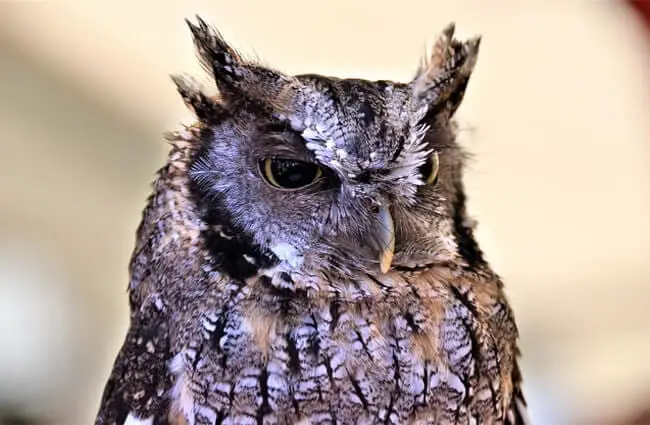
Understanding Screech Owl Species
While commonly referred to simply as “screech owls,” there are two distinct species found across North America: the Eastern Screech Owl (Megascops asio) and the Western Screech Owl (Megascops kennicottii). Although similar in appearance and behavior, subtle differences exist. The Eastern Screech Owl exhibits greater color variation, ranging from reddish‑brown to gray, while the Western Screech Owl is typically a more uniform gray. These variations help the owls blend into their respective environments.
Physical Characteristics
Screech owls are relatively small, averaging between six and ten inches in length with a wingspan of about eighteen to twenty‑four inches. Their most striking feature is their large forward‑facing eyes, which provide exceptional binocular vision essential for hunting in low‑light conditions. They possess asymmetrical ear openings—one ear is higher than the other—which enables them to pinpoint the location of prey with remarkable accuracy. Their mottled plumage offers excellent camouflage against tree bark and foliage. A prominent ear tuft, while resembling ears, is actually a feather and plays no role in hearing.
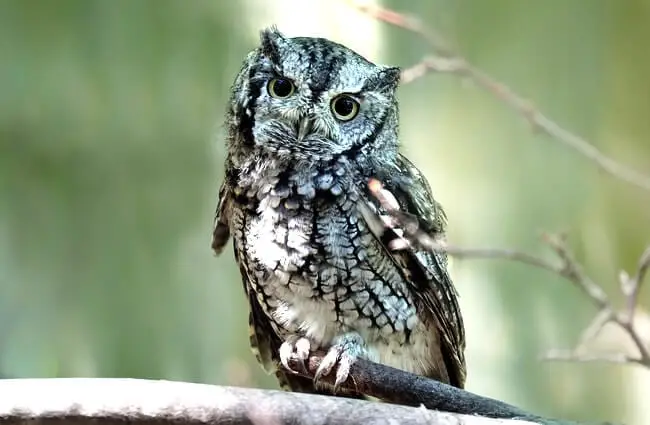
Habitat and Distribution
Screech owls are remarkably adaptable, inhabiting a wide range of environments. They are commonly found in woodlands, forests, parks, suburban areas, and even urban settings. They prefer habitats that combine open woodland with dense cover, providing both hunting grounds and nesting sites. The Eastern Screech Owl occupies areas primarily east of the Rocky Mountains, while the Western Screech Owl is found west of the Rockies. These owls are not typically migratory and often remain within a relatively small home range throughout the year.
Nesting
Unlike many birds that build elaborate nests, screech owls usually use existing cavities for nesting. They readily occupy natural tree hollows, abandoned woodpecker holes, and even human‑made nest boxes. While they do not construct nests, they may line the cavity with soft materials such as feathers or shredded bark. Cavities are chosen for their protection from predators and the elements. The availability of suitable nesting sites can limit screech owl populations.
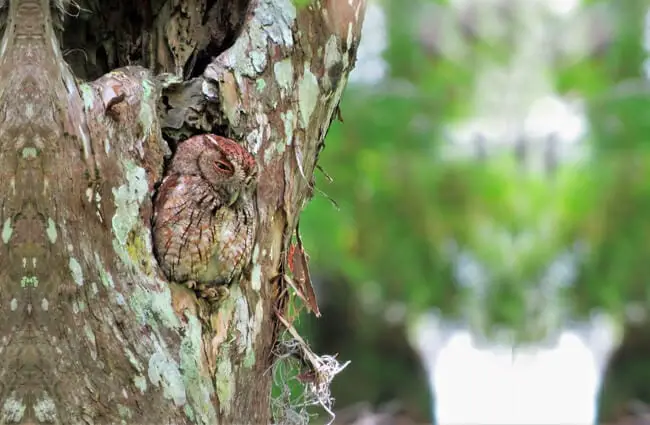
Diet and Hunting Strategies
Screech owls are opportunistic predators with a varied diet. While rodents such as mice and voles make up the bulk of their food, they also prey on insects, small birds, amphibians, reptiles, and occasionally fish. Their primary hunting strategy is perch‑and‑pounce. From a concealed perch, they silently scan the surroundings before swooping down to capture prey with sharp talons. Their exceptional hearing and vision are crucial for locating prey in the dark.
The Role of Pellet Analysis
Scientists often use pellet analysis to determine the diet of screech owls. Pellets are regurgitated masses of undigested bones, fur, and feathers. By carefully dissecting these pellets, researchers can identify the types of prey consumed, providing valuable insight into the owl’s ecological role.
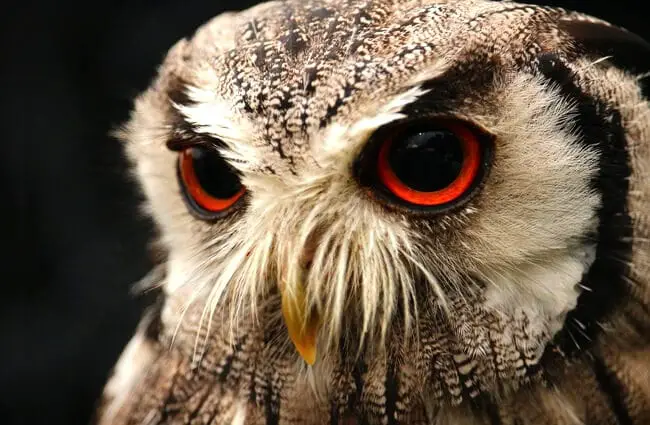
Reproduction and Life Cycle
Screech owls typically begin breeding in early spring. Courtship involves vocalizations and aerial displays. The female lays a clutch of three to seven eggs, which are incubated for about twenty‑six to thirty days. The young owls, called owlets, are altricial and require extensive parental care. Parents feed the owlets regurgitated food until they can hunt independently, usually around eight to ten weeks of age. Juvenile owls leave their natal territory in the fall.
Vocalizations
Screech owls are known for their distinctive vocalizations, which include whinnies, trills, and screams. These calls serve for communication, territorial defense, and mate attraction. The “screech” most people hear is actually a descending whinny, which gives the owl its name.
Screech Owls and the Ecosystem
Screech owls play a vital role in maintaining ecosystem health. As predators of rodents and other small animals, they help regulate populations and prevent outbreaks. Their waste products contribute to nutrient cycling. The presence of screech owls often indicates a healthy, diverse habitat. They are themselves prey for larger birds of prey, mammals, and snakes.
Screech Owls and Humans
Screech owls are generally tolerant of human presence and can be found in suburban and urban areas. Backyard owners can attract them by providing suitable nesting cavities and avoiding pesticide use. Occasionally, owls can become a nuisance by preying on songbirds or creating noise. Habitat loss and pesticide use pose the greatest threats to screech owl populations.
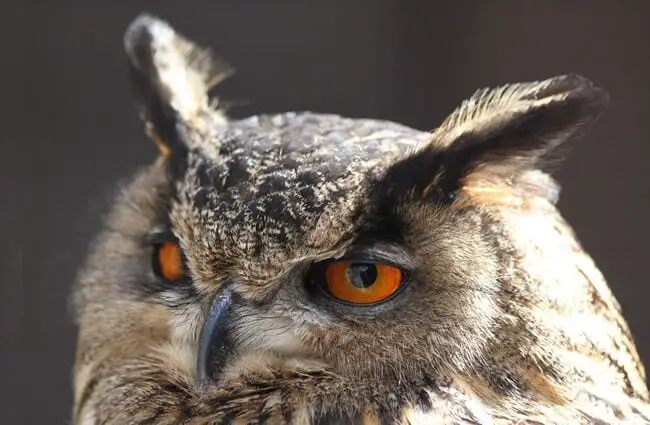
Interesting Facts
- Screech owls can rotate their heads up to 270 degrees.
- Their feathers are specially adapted to muffle sound, allowing for silent flight.
- Screech owls have a lifespan of about ten to fifteen years in the wild.
- They can consume up to two rodents per night.
- Both male and female screech owls share incubation and chick‑rearing duties.
Encountering a Screech Owl
If you encounter a screech owl, observe it from a distance and avoid disturbing it. Do not attempt to handle or feed the owl. If the owl appears injured or sick, contact a local wildlife rehabilitation center.
Caring for Screech Owls in Captivity
For zookeepers and wildlife rehabilitators, providing appropriate care for screech owls requires specialized knowledge. Enclosures should be spacious and enriched with perches, nesting cavities, and opportunities for hunting. Diet should consist of whole prey items, such as mice and chicks. Regular veterinary care and monitoring are essential. Avoid overcrowding and unnecessary human contact.
The screech owl, though small in stature, is a remarkable creature deserving of our admiration and protection. By understanding its biology, behavior, and ecological role, we can help ensure its continued survival for generations to come.

![Red Angus Closeup of a beautiful Red Angus cowPhoto by: U.S. Department of Agriculture [pubic domain]https://creativecommons.org/licenses/by/2.0/](https://animals.net/wp-content/uploads/2020/03/Red-Angus-4-238x178.jpg)
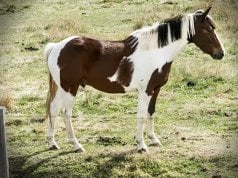
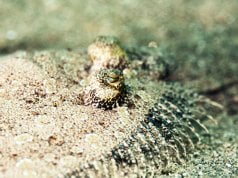
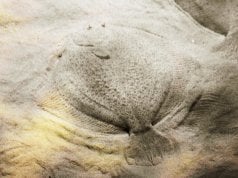

![Red Angus Closeup of a beautiful Red Angus cowPhoto by: U.S. Department of Agriculture [pubic domain]https://creativecommons.org/licenses/by/2.0/](https://animals.net/wp-content/uploads/2020/03/Red-Angus-4-100x75.jpg)

